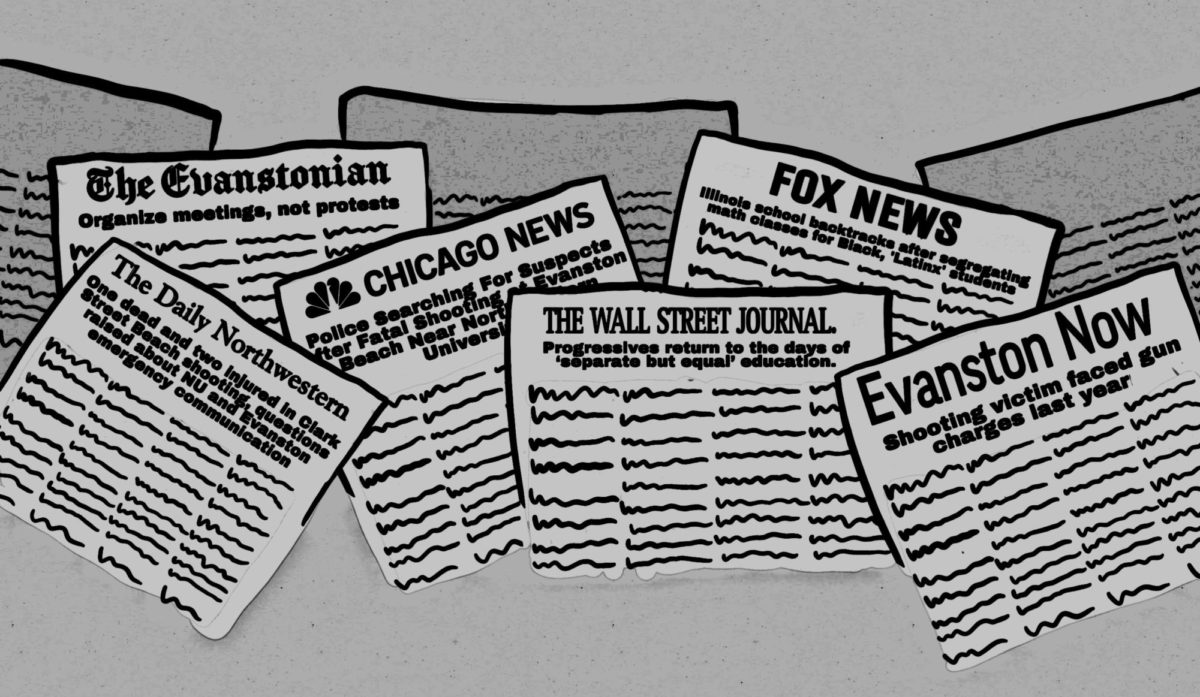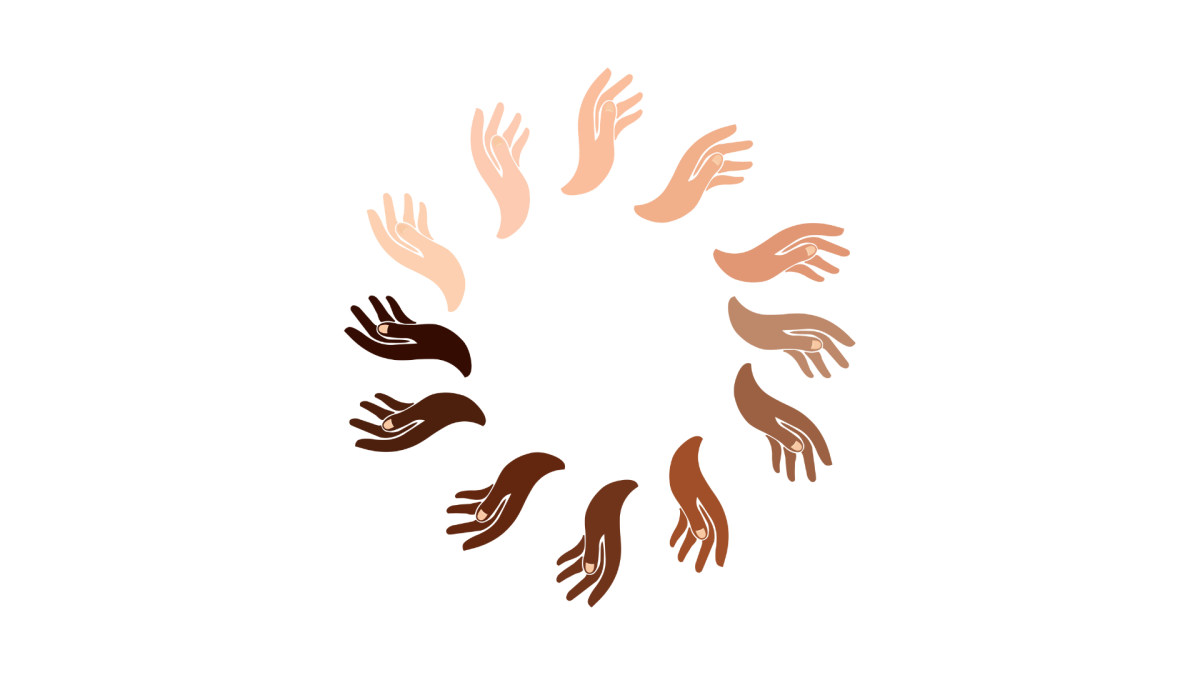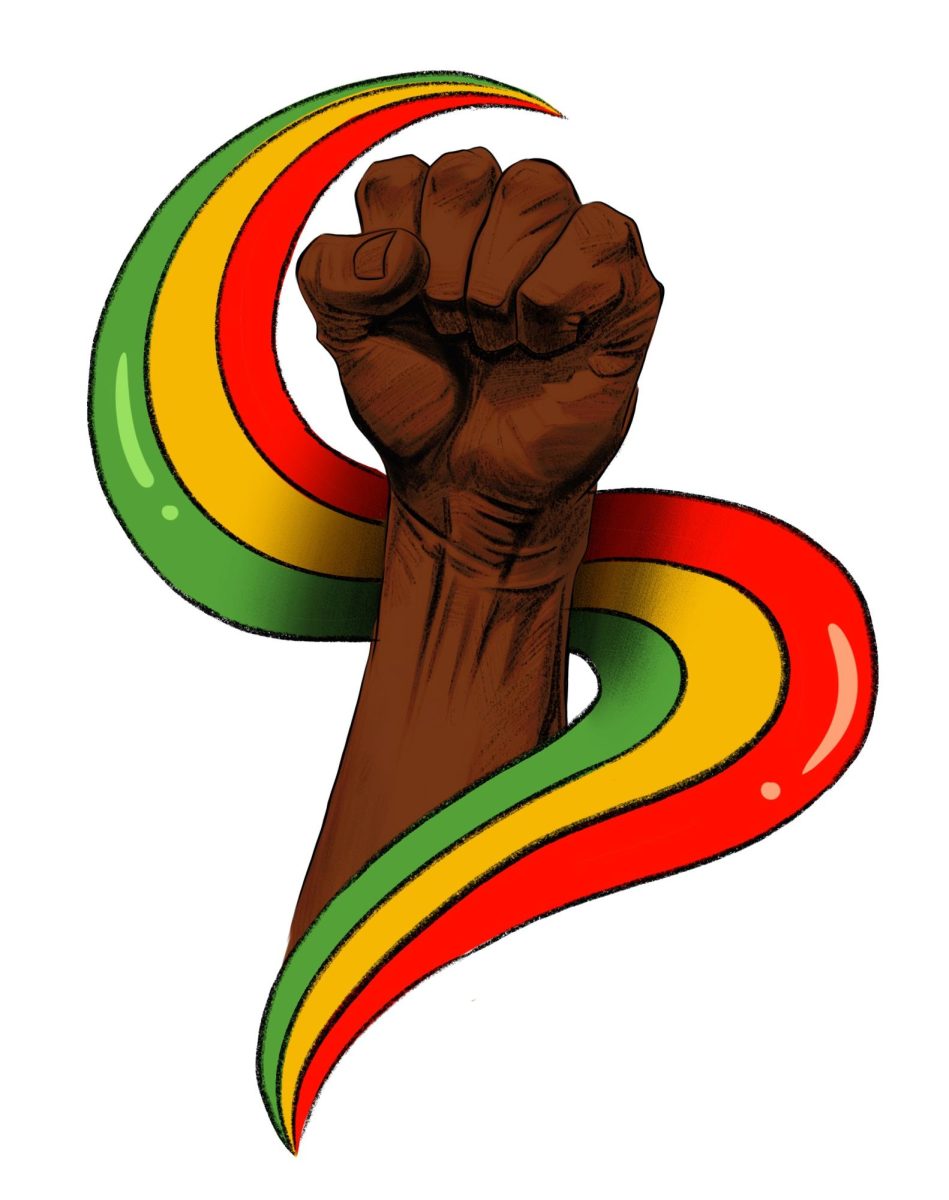On the third floor of the Norris Center at Northwestern University—residence to practically every student group—is the home to the offices of the student newspaper, The Daily Northwestern. The paper is published in print on Mondays and Thursdays during the school year, and the night before, students rush to finish their beats, copy-edit stories and lay out the paper.
There’s a lot of work to do, even with around 100 students contributing to The Daily in some capacity, and nights often go late. Plaques and awards decorate the walls; The Daily Northwestern is one of the most respected college newspapers in the country, and some of the biggest names in journalism come from the Medill School of Journalism—a J-school with 40 Pulitzer Prize-winning alums.
But some of the best journalism the paper has produced was when the halls of the Norris Center were nearly empty. In early July—soon after the University released a statement suspending football head coach Pat Fitzgerald following an investigation into hazing—four summer editors of The Daily, Nicole Markus, Alyce Brown, Cole Reynolds and Divya Bhardwaj, worked on an investigative piece about the football program.
They didn’t have much to go off of. Northwestern’s initial report was mainly confidential, and the two-page executive summary released about the hazing allegations spoke in vague language, professing the claims were “largely supported by the evidence gathered during the investigation,” without providing any of the evidence. The report could’ve been buried and forgotten in a week since the University revealed the investigation’s results on a random Friday in the middle of summer, maybe the one downtime for coverage around college sports.
However, The Daily Northwestern article about hazing came out a day after the school’s July 7 announcement, and its contents were damning. Players revealed in the piece that the hazing involved “egregious and vile” coerced sexual acts; “Gatorade shake challenges,” where team members, often freshmen, were forced to drink as many Gatorade shakes as possible in ten minutes before throwing up, and other gruesome punishments for mistakes on the field.
The Daily’s coverage sparked discussion among major outlets and inspired more former and current players to speak publicly about their experiences in the program. Fitzgerald has since been fired, and information continues to pour out, including accusations of similar practices among other Northwestern programs like baseball, softball and volleyball.
Journalism is one of the most powerful tools in a community on any scale—for good or otherwise. Without The Daily revealing in-depth details of hazing among the Northwestern University football team, those most at fault for the wrongdoing could have gone without their deserved punishment.
Yet, like any newspaper, The Daily Northwestern isn’t perfect. On April 19, a young man was killed and his two brothers were critically injured after shots broke out at Clark Street Beach. Rather than acknowledging the lives lost, The Daily centered their coverage of the shooting on Northwestern’s delayed response to issue a shelter-in-place. While beach-goers fled for their lives and two 15-year-olds watched their brother die, The Daily was concerned for student wellbeing over a span of about 30 minutes.
Other news coverage of that night was eerily similar to The Daily’s. On local stations, anchors took time to reassure viewers that nobody harmed was a Northwestern student, and the Evanston Police Department even tweeted out that the shooting had no association with the school, as if the life lost and the lives permanently scarred didn’t matter because they had no connection to the University.
In the days following the shooting, while families and community members grieved and reconciled over what happened, Evanston Now chose to report on the fact that the victim, Jacquis Irby, had been arrested for gun charges over a year before. Jacquis Irby is dead; at just 18, he lost his life, but rather than take the moment to address the epidemic that is youth gun violence, reporter Bill Smith thought it was a good opportunity to publish negative press on a young man who was shot to death. Journalism made an already tragic situation worse, and The Daily Northwestern, despite how important their coverage of hazing was, was a part of the problem.
The Clark Street Beach shooting wasn’t an isolated incident of misguided journalism. This month’s in-depth team explored the experience, research and controversy behind ETHS’ AXLE and GANAS affinity courses. These courses, math and English affinity spaces for either Black or Latinx students, had existed in some form since the 1990s, but it wasn’t until Dan Proft, a conservative commentator, tweeted about it that suddenly the Wall Street Journal, Fox News and journalists over in the UK began spurring their complaints. Up until then, the AXLE and GANAS students were happy; they were learning in a space where they felt validated and comfortable. Now, they find themselves scrolling through the comment sections of articles, wondering why everyone cares so much about their math class.
It’s important for us to also name that The Evanstonian isn’t immune from this problem in the slightest. For instance, in 2015, the then-editorial board published an editorial, entitled “Organize meetings not protests,” criticizing a student, Marjie Erickson, for protesting against the school’s dress code. When Erickson filed a response, rather than recognizing their mistakes and working to mend their relationship with her, the editors at the time altered her story to reflect better on The Evanstonian.
Just as any newspaper does, The Evanstonian has room to grow and reflect on its coverage, keeping front and center the power that journalism can have in shaping stories.
Going into the upcoming school year, The Evanstonian wants to reaffirm our goal—a goal that all journalistic outlets in the area should share—of providing holistic news coverage on both the city and school we reside inside. Our point is not to shame these other news sources but rather to learn from their mistakes and consciously make an effort to uplift the voices of the student body.






